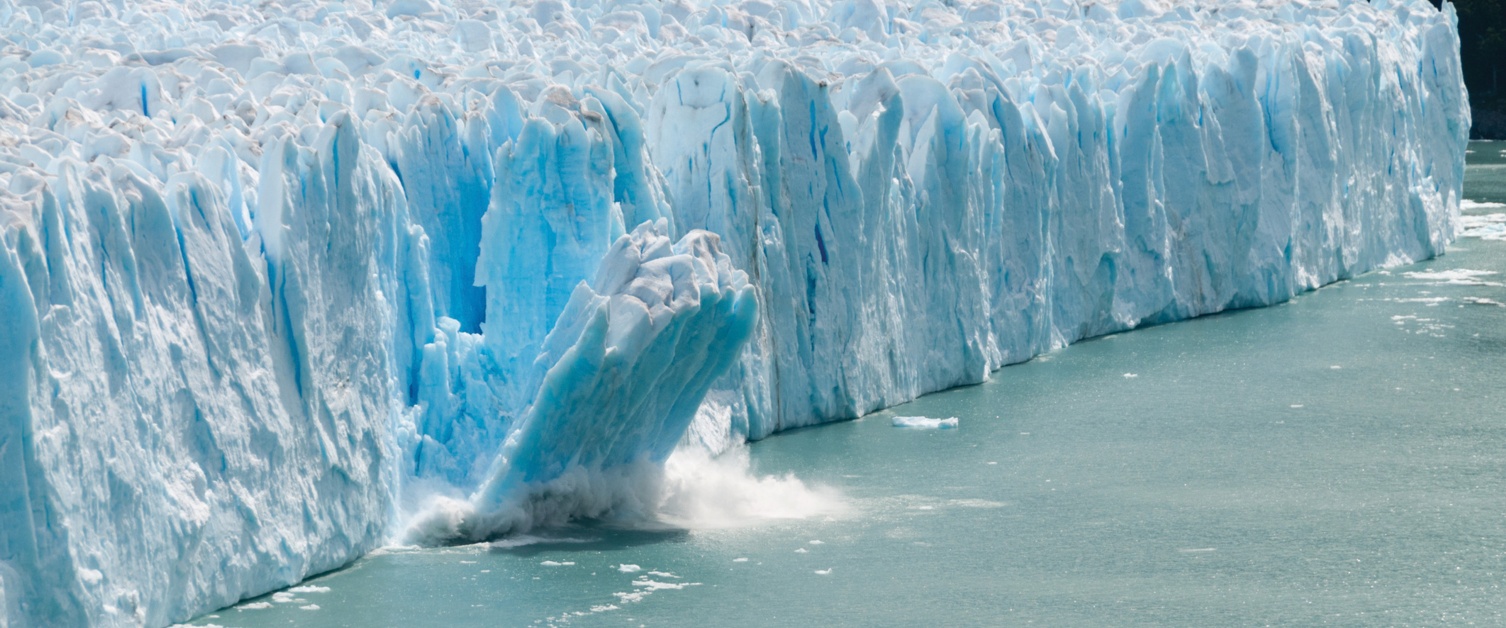Breaking Away
- By AMS Staff
- Aug 2, 2023
3.3 trillion tons—The amount of ice lost from the Amundsen Sea Embayment (ASE) in West Antarctica over the 25-year period of 1996–2021, according to a recent study published in Nature Communications. A group of researchers used velocity estimates to calculate the mass balance of the ASE, which comprises 20 major glaciers. They found that the massive amount of ice lost has contributed to an increase of about 9.2 millimeters in global sea levels. The researchers cited changes in ocean temperatures and circulation as the primary drivers of long-term, large-scale changes in ice sheet mass, but the study also revealed that occasional anomalous snowfall events had significant impacts on ice mass over shorter time spans. Specifically, unusually low snowfall from 2009 to 2013 caused the ASE to lose ice and contribute about 25% more to rising sea levels than in years with normal snowfall. And in the winters of 2019 and 2020, substantial snowfall had the opposite effect, with about half the normal impact on sea levels. “[W]e were really surprised to see just how much periods of extremely low or high snowfall could affect the ice sheet over two-to-five-year periods,” notes lead author Benjamin Davison of the University of Leeds, “so much so that we think they could play an important, albeit secondary role, in controlling rates of West Antarctic ice loss.” The researchers note that while there have been periods when the rate of mass loss slowed marginally, there is no evidence that the larger-scale ice loss will reverse in the near future. [Source: University of Leeds]
Photo credit: iStock.com/DurkTalsma
